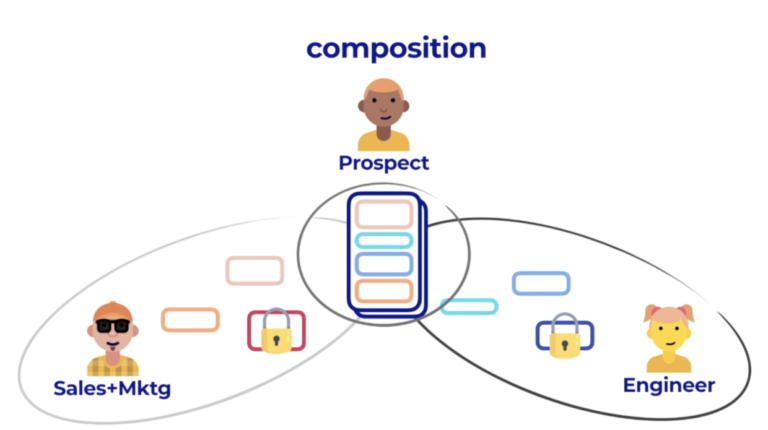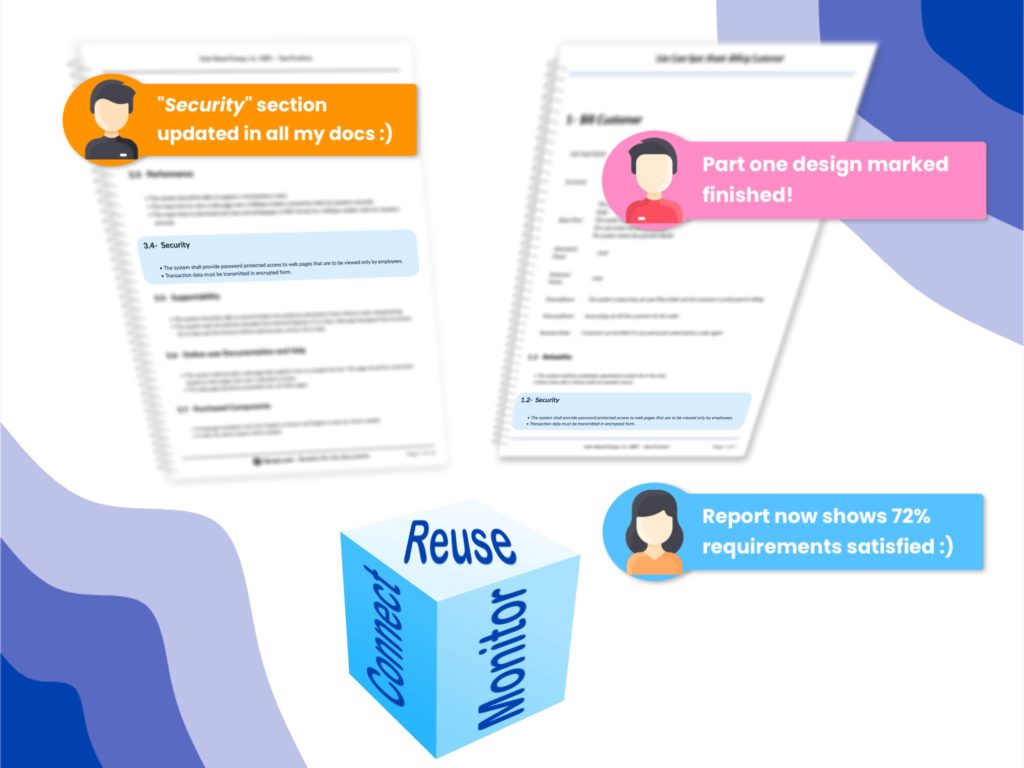Challenges in delivering consistent documentation
People don’t usually enjoy writing Technical Documentation. However, it is important for organizations to keep track of all information about their products throughout their entire lifecycle: innovation, design, build, market and service. Therefore, it becomes essential to access technical data onsistently across all business functions. Here come the challenges:
- How do you ensure that data being delivered is up to date?
- How do you create distinct documents for each use, yet have them share the same information without duplication?

How important is it?
Technical documentation is significant because it gives vital information about a product or service to those who require it. This information enables all parties to fulfill their objectives. The goal for end-users may be to enjoy the product while optimizing its usefulness and maximizing its life cycle, which well-written technical documentation helps them to do. Likewise, if end users read the instructions, use the items appropriately, and refer to the user guide to troubleshoot their own problems, the company may save money on customer care and replacements.
Internally, technical documentation has the potential to boost productivity and efficiency. For example, in product development, if the stages are clear and easy to follow, it helps to ensure that no time is wasted. New employees learn faster and safer well The documentation can then assist align the aims and understanding of the various teams engaged as development continues.
Technical documentation not only contains important information, but when it is also simple to grasp, it then fuels the productivity engine.
Clients’ Loyalty
The product’s technical documentation improves the user experience and addresses any potential problems. Customers may wish to utilize your product or service again if they are pleased with it in the future. According to a survey, 53% of consumers prefer to read technical manuals to fully comprehend a product or service before making a purchase. A whopping 94% of buyers agree that having all of the product information in one place is crucial and beneficial. Therefore, firms must concentrate on documentation in addition to developing or testing a product or service.
Saves the most limited resource
Without detailed and understandable documentation, you will find yourself spending more time resolving your product’s technical issues and you will end up wasting time and effort. It does not matter if your organization is small, medium or large – a structured technical document can work wonders for productivity and time management. Thus, a sizable amount is being spent on technical documentation by the majority of product-based firms.
Can boost your sales
Effective technical documentation is one of the best methods to enable your users to interact with the product or service and find answers to their questions whenever they like. Users will learn more quickly about the product and be able to set it up and operate it more effectively if technical documentation is made engaging, and simple to navigate. This leads to improved ratings, more favorable reviews, and increased sales.
Technical documentation is all about subsequent behavior of your customers and employees. It can get quite high-tech, dry, and must we say boring. So, the key point is to keep it relevant, accurate, and engaging for your audience.
Why is it so difficult?
There are three major challenges to effective technical documentation:
Consistency — Several writers need to coordinate. Documentation is the result of a team effort where everyone brings from their own bit. Assembling parts from several sources while avoiding duplication and inconsistency is hard.
Customization — Form and content must be tailored to each audience. Prospective buyers, maintenance engineers or customers all have different needs. Creating several outputs from information located in files and folders is tedious and error prone.
Validity — Documentation lives just like the product. Documentation must be kept up to date with product changes and customer feedback. One does not want to reedit several documents only because a common part has changed.
Qinaps solves technical documentation challenges

Qinaps manages granular information. Granularity is much finer than a classic document, let alone a folder of documents. Qinaps users cooperate through custom views of the information on a need to know basis. They build the best logical organisation of information depending on the task at hand. “Grains” of information are edited and reused whithout duplication when creating documents. Changes safely propagate through versioning and updates.
Qinaps writers collaborate effectively because each can see and reuse the information sitting at the interface of their respective tasks. There is no more any duplication and inconsistencies. There is no more nasty “copy and paste” where duplicates become unmanageable.
Qinaps offers a specific presentation to each reader. It’s easy to assemble a document by cherrypicking “grains” of information from a logically organised set. Each “grain” can be used and resused at various places within various documents.
Qinaps keeps every reader up to date with the latest data. When desired, Qinaps updates documents automatically based on the most recent changes. There is no longer a need to propagate changes like a typo, an image change or a new paragraph. It’s all automatic.
Qinaps offers different tabs to record the details in a systematic way. Qinaps provides you with the same benefits for approximately half the cost of other technical documentation tools. Keeping and syncing your documents can become a hectic task when dealing with multiple files. Qinaps is a way and hassle-free way to get this job done.

